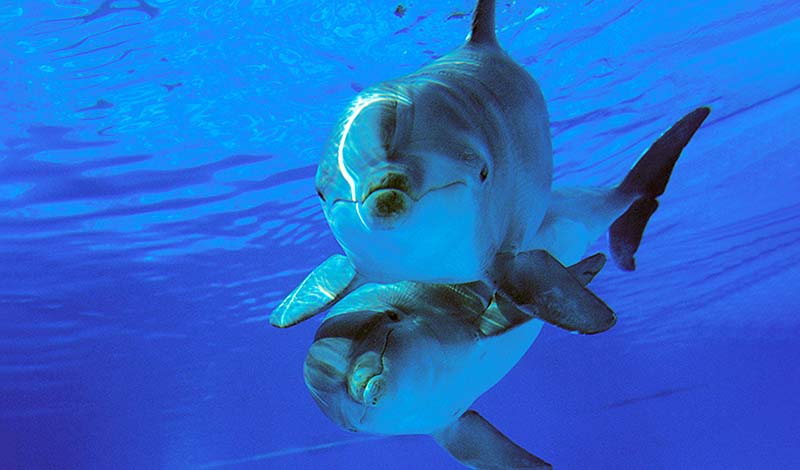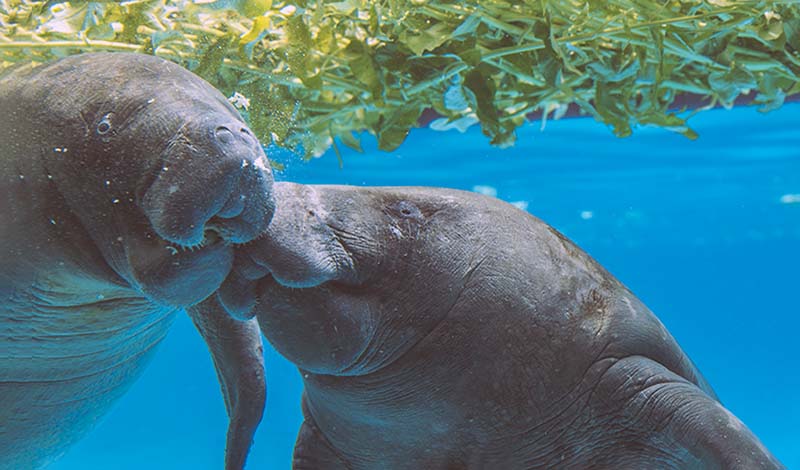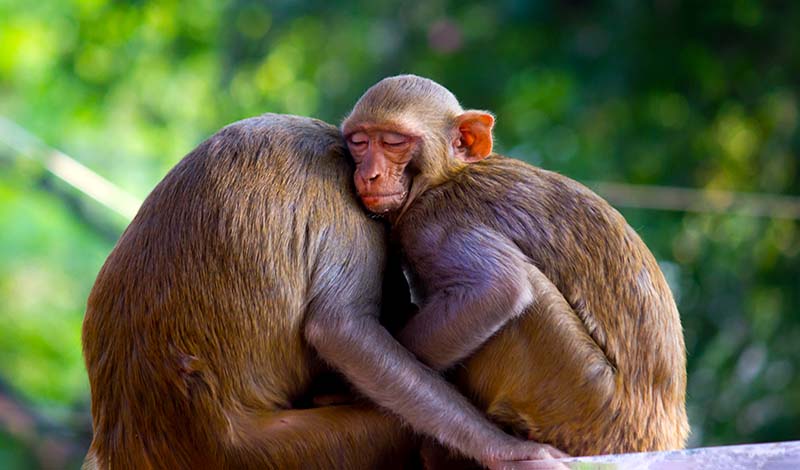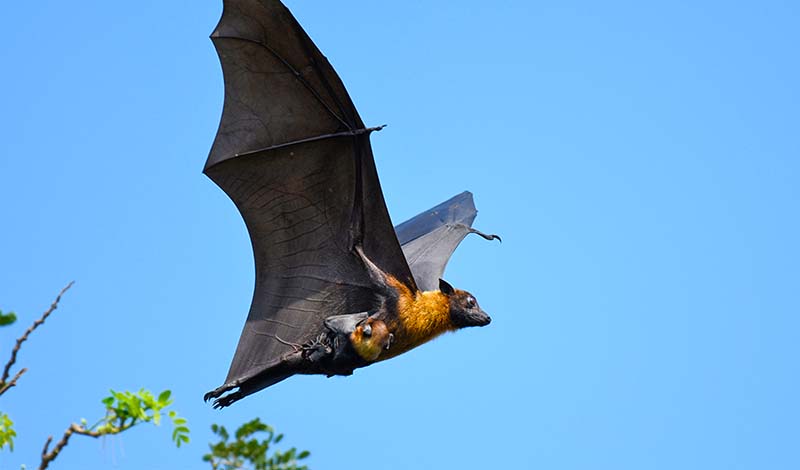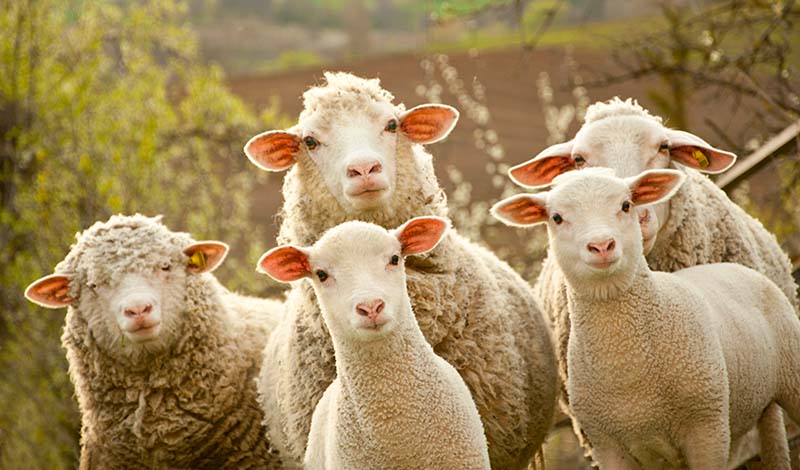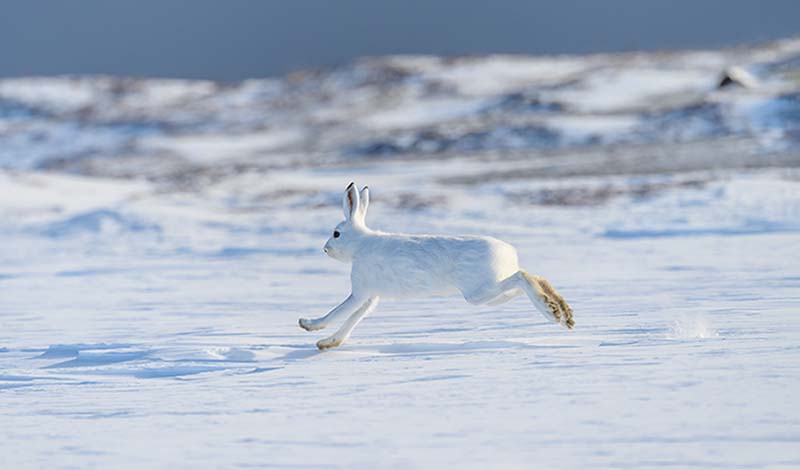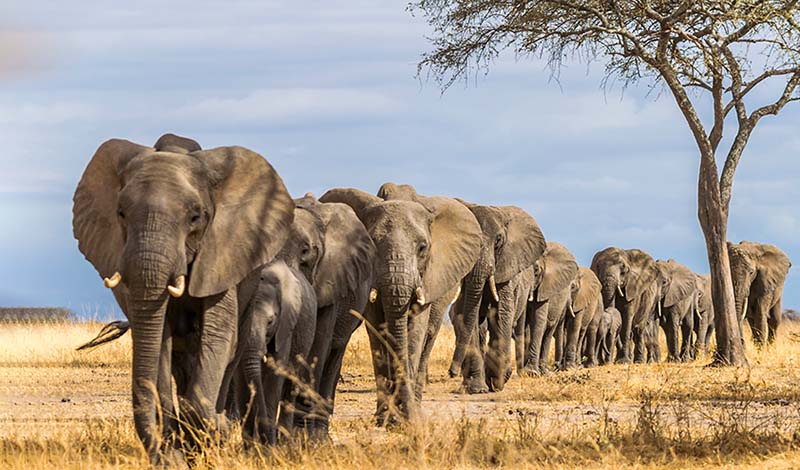
2-minute read
More than any other member of the feline family, Felis catus, the domestic cat, has a lot to say for itself and a surprising number of ways to say it. Humans have lived contentedly alongside domestic cats, a.k.a. petite home purr machines, for 10,000 years. While cats rarely vocalize to other adult cats, over the course of that long human-cat friendship, they’ve evolved to communicate their internal states—hunger, loneliness, relaxation, or stress to their primary people to the best of their meowing, chirping, and chattering abilities.
According to research by Seoul National and Cornell Universities, not only have cats learned to modify the pitch of their meows to sound more appealing to human ears, their vocal expression is more complex than initially believed. Typical cat chat includes at least 21 different vocalizations, and researchers believe those vocalizations are combined or repeated to produce phrases. That’s right, phrases. And you thought your cat was just saying food, food, more food, when they may actually be saying, “food, petting, catnip, nap, plus treats”, for example.
Cat communications that produce signals directed at human housemates are not all about the mew-meow, however. Results of a recent animal behavior study at the University of Sussex have shown that a series of half-blinks followed by a prolonged narrowing of the eyes may also be an important form of positive emotional communication between cats and their humans. Because an unbroken stare can be perceived as potentially threatening, a slow blink sequence from a cat is a sign that you’ve been approved for feline friendship. If you’d like to test your cat communication skills, try the slow blink sequence on your resident feline and see if you get a “hi, friend” blink back. Full disclosure, we attempted the meow-free Morse code with Favorite World Press in-house Maine Coon, Stella, and only received a “hmm, seems to be bonkers” stare in return. Apparently, we need to work on our technique.
Adapting their vocalizations to appeal to humans has clear benefits for domestic cats, but our furry friends give as good as they get. Research from the University of Zurich has shown that cardiovascular disease risk rates are significantly lower for both current and past cat owners compared to non-cat owners. And interacting with your cat is also a mood booster, reducing fear, anxiety, and depression. Somebody deserves a petting. Here, kitty, kitty…

ICYMI Nature News
Big Cat Transfer
While domestic cats number close to 600 million globally, wild cats have not been as successful in their ability to survive. To increase the number of wild cheetahs from a dismal low of 7,000, the Project Cheetah initiative has reintroduced 12 cheetahs to India as part of efforts to ensure the magnificent animals have roaming room.
Fat Bears and Best Birds
Fire up your chooser; it’s creature contest season. Today, October 5th marks the start of Fat Bear Week, the all-you-can-eat challenge for the bears of Alaska’s Katmai National Park. The feasting festivities run through October 11th so be sure to cast your vote for the most corpulent salmon scarfer here. And mark your avian event calendar, voting for the New Zealand Bird of the Year 2022 opens on October 17 and runs through October 30.
Building Better Corals
Would you like to support innovators working to develop corals that can withstand the impacts of climate change? Check out the forward-thinking reef restorers at Coral Vita to learn how you can help.
FWP Carbon Capture Report
Keeping the biodiversity-protecting, forest-restoring carbon capture going, with the help of our friends at Tree-Nation, the trees that we’ve planted from April through September bring our carbon capture total to 1,782 tons of CO2. That’s equivalent to 200,568 gallons of gasoline or 4,127 barrels of oil consumed, or 347 homes’ electricity use for one year.


